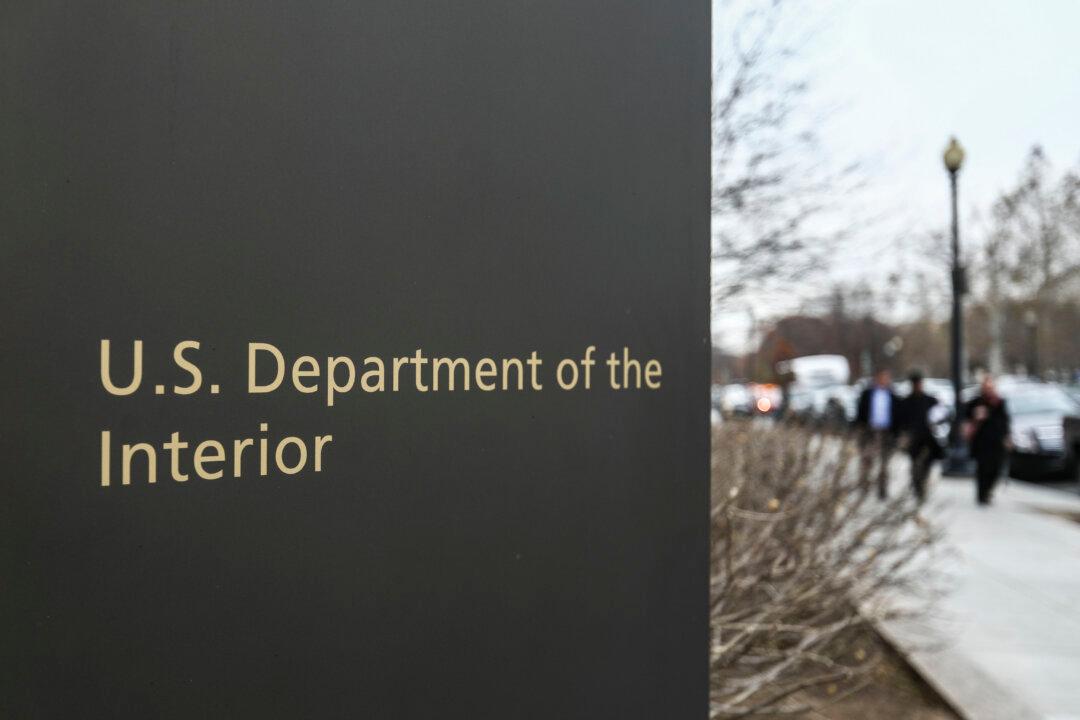The word for today is “classicide,” which means “extermination of a class” rather than ethnicity, race, or religion.
The term is aptly applied to an unknown, under-reported period in Chinese history that started in the late 1940s and ended in the early 1950s. Right before Chinese Communist Party leader Mao Zedong took power, a Mao associate in 1948 proclaimed the Communist Party’s intent: “30,000,000 landlords and rich peasants will have to be destroyed.”





